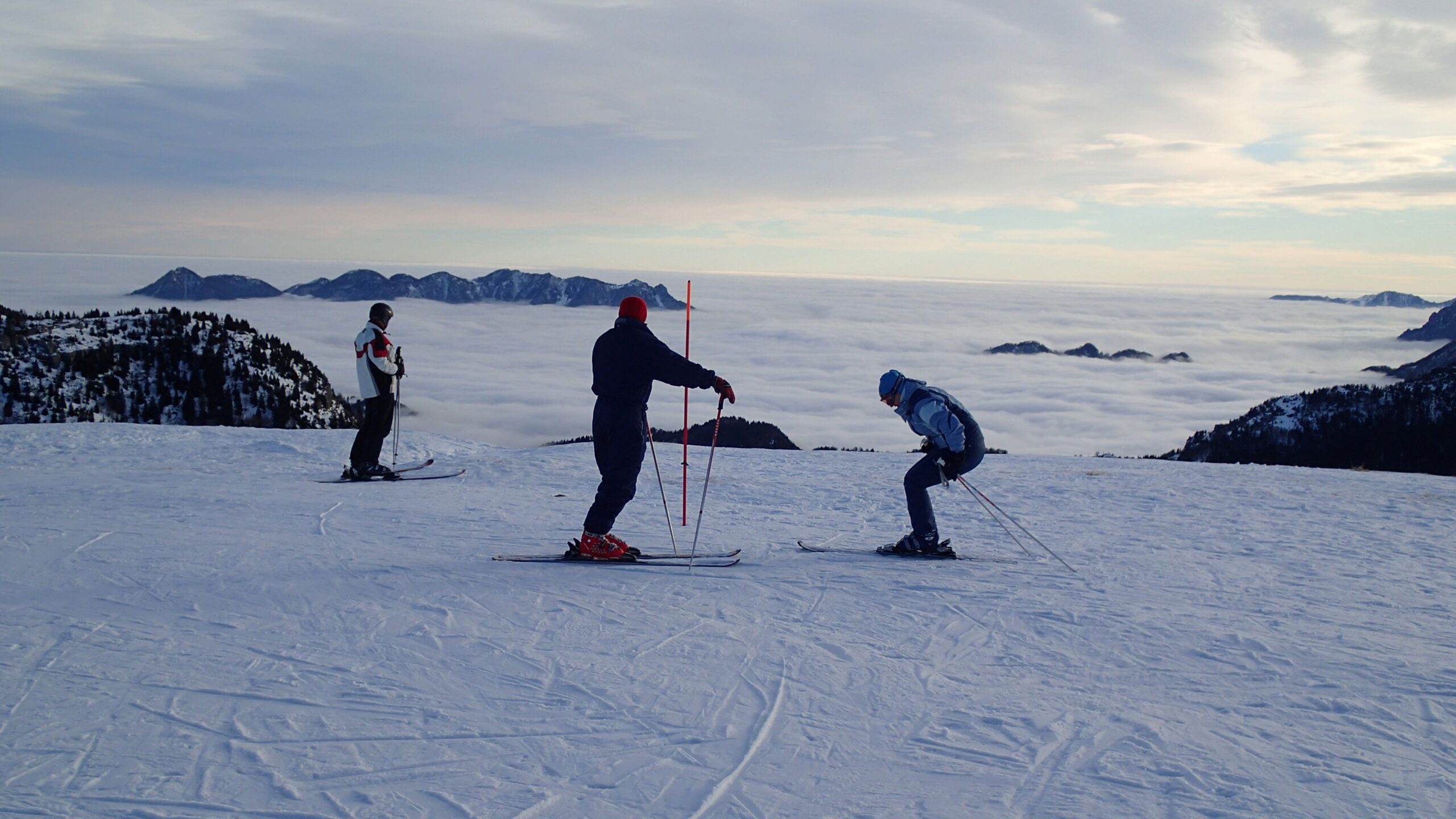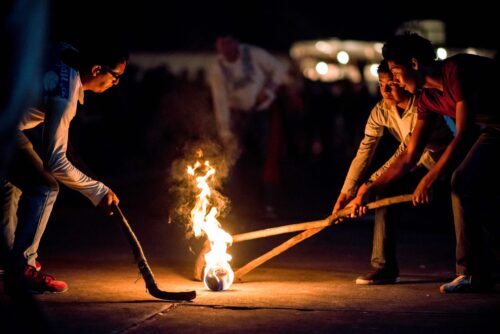Long before stadiums and medals, Arctic sports were part of everyday life in the North. They trained the body, focused the mind, and helped communities pass down knowledge from one generation to the next.
Read also: Soft2Bet: Scalability Capabilities in the iGaming Industry
These games were born out of real-life needs — to survive and to belong. Today, they are still played with that same spirit during the Arctic Winter Games.
What Sets Arctic Sports Apart
Traditional Arctic and Inuit games differ from modern athletics in more than form — they focus on balance, precision, and mutual respect. Success isn’t measured solely in victory, but also in the spirit of the competition.

Some of the most iconic challenges include:
One-Foot High Kick – testing timing and coordination
Kneel Jump – a forward leap starting from the knees
Arm Pull – a close-contact test of strength and tactics
Airplane – demanding endurance as athletes are lifted and held steady
Toe Kick – combining control, flexibility, and sharp reflexes
These events push physical boundaries, but they also nurture inner strength: patience, resilience, and cultural continuity.
Keeping Traditions in Motion
At the Arctic Winter Games, these ancestral competitions are given new life on a global platform. Inuit and northern Indigenous sports aren’t relics — they remain vital, celebrated, and alive. For every child watching from the sidelines, for every elder applauding from afar, these games tell a story. Not just of athletic skill, but of heritage — passed down through movement, effort, and pride.

